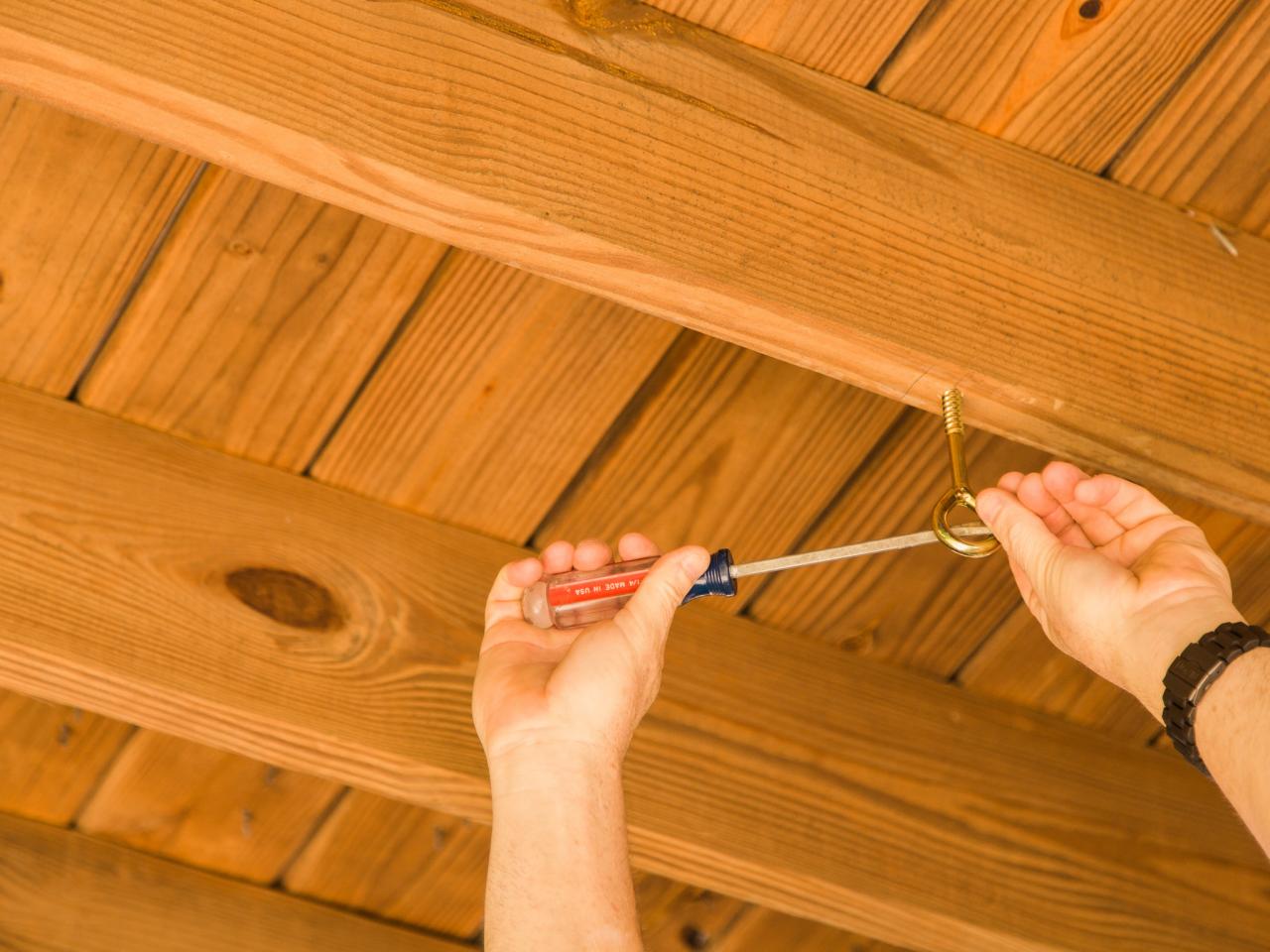Most people living in the South have always been fond of their very own porch swing and this is mostly because of the great feeling of going out to your very own porch and enjoy your morning coffee or unwind with a cocktail in your hand and a good companion to talk with. When you’re ready for a break for a while, everyone knows the swing is the greatest seat on the porch.
It’s an excellent method to create the illusion of a nice wind, and the gently swaying makes for an excellent slumber location. If this is your first time adding a swing to your porch, you have a variety of material, design, and size options. However, the most critical step is to ensure that your swing is placed properly and safely. Take the measures outlined below to guarantee that you can continue to relax and swing for years to come.
Choose the Right Location for Your Porch Swing
Before we get into the technical details, you’ll want to ensure that you’ve chosen the ideal location for your swing. When you have chosen the right spot for your porch swing, see to it that you have ample room available for your swing which and this should range at around 3 feet to 4 feet front and back as this will serve as a swinging arc and then another space of around 2 feet on either side of the porch as this is going to serve as an extra room for motion from the swing and to walk around it.
Additionally, you must determine the orientation of your swing. Would you like to face the street (or yard, whether this is a side or back porch) or perpendicular to the roadway, which provides a bit more privacy and allows the porch to be integrated into a discussion area with additional seating?
Make Sure That You Have Structural Support
We despise bringing it up, but humans can be very heavy which is why it is essential that porch swings should be very sturdy, and this is going to depend mostly on the material being used in constructing them. Taken together, you’re looking at several hundred pounds suspended from your porch ceiling, so adopting the necessary steps to ensure the swing is installed in a location capable of supporting that weight is critical. If the porch ceiling is incomplete and the beams and joists are visible (as seen in the above photo), calculating this is considerably easier. A 2×6 or (ideally) 2×8 joist is robust enough to carry the load securely; anything smaller or thinner will require extra boosting support.
If the beams of your porch ceiling are enclosed in either a beadboard or plywood, you will have to see what is underneath it so that you can determine the exact location of the joists and if their spacing is going to correspond with the hook’s location. You should have been able to reach the beams from above via the attic, but if not, you’ll need to detach a small section of the ceiling to determine the size and direction of the joists, and then fix it when installation is complete.
Choose Your Hanging Mechanism
Most new porch swings include an installation kit that includes all necessary hardware. If you’ve constructed your own mattress or discovered a thrift swing, you may purchase a whole hardware kit online, such as this one.
But when comes to installing your swing, you have a few options: Metal chains or rope can be used as the suspension material; both are equally robust as long as the rope is thick and marine-grade.
Porch swings can also be strung from two or four ceiling hooks. The traditional chain arrangement consists of two chains suspended from the ceiling that split into two independent chains (forming an upside-down Y shape) and join to the swing’s four corners. Additionally, you may link four separate chains to each corner, which would strengthen the swing support but will need drilling four holes in the ceiling.
Mount the Hardware for Hanging
Prior to drilling, make a note of your measurements in which the ceiling hooks must be 2 to 4 inches wider than the swing’s whole width since this spreads the weight more evenly and prevents the chains from scraping against the swing. Drill pilot holes somewhat smaller than the eye bolts before inserting them into the ceiling joists’ centers.

In approximately 17 to 19 inches above the floor, make sure that you connect the chains or the rope to the swing and then suspend each of the sides from the ceiling hooks. Once you’ve verified that your swing hangs properly and swings smoothly.
Easy Tricks You Can Take to Keep Porch Pests Away
-
Inspect Decks and Porches Made Out Of Wood
If you have a wooden porch or deck, it is critical to examine it on a regular basis since wood can draw carpenter bees as well as carpenter ants. Wasps also enjoy nesting there therefore it is important to keep your building sealed or painted to deter nesting bees. Repair or remove deteriorating wood from your porch or deck, and keep an eye out for nests near furniture. Decaying wood makes an excellent nesting medium for carpenter ants along with other moisture-loving bugs. Additionally, wasps nest beneath eaves, in grills, beneath outdoor furniture, and beneath deck boards, so checking these locations prior to usage is an excellent method to avoid being stung unintentionally.
-
Get Rid of Stagnant Water
A staff entomologist with TruGreen in Orlando, Florida, cautions that stagnant water left in a garbage can lid, an old tire, or even an abandoned frisbee for weeks at a time can provide ideal breeding habitat for mosquitoes. Mosquitoes require only an uninterrupted water source for a few weeks to develop from an egg to a vicious biting adult. Stagnant water in garden elements such as birdbaths should be drained or replaced on a regular basis to avoid your yard becoming a breeding habitat.
-
Put Some Citronella Candles in Your Porch
Get some citronella candles if you’re seeking mosquito repellent. However, it is advised that these flames will not keep spiders and ants away. The effectiveness of a citronella candle is based on its closeness to the person being safeguarded, the amount applied which is likely the more the merrier, and the type of bug being controlled.






